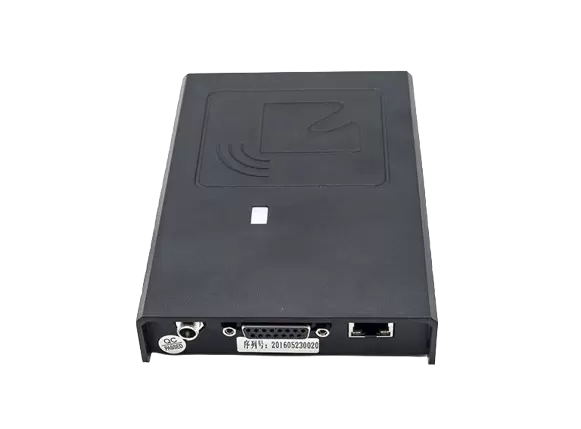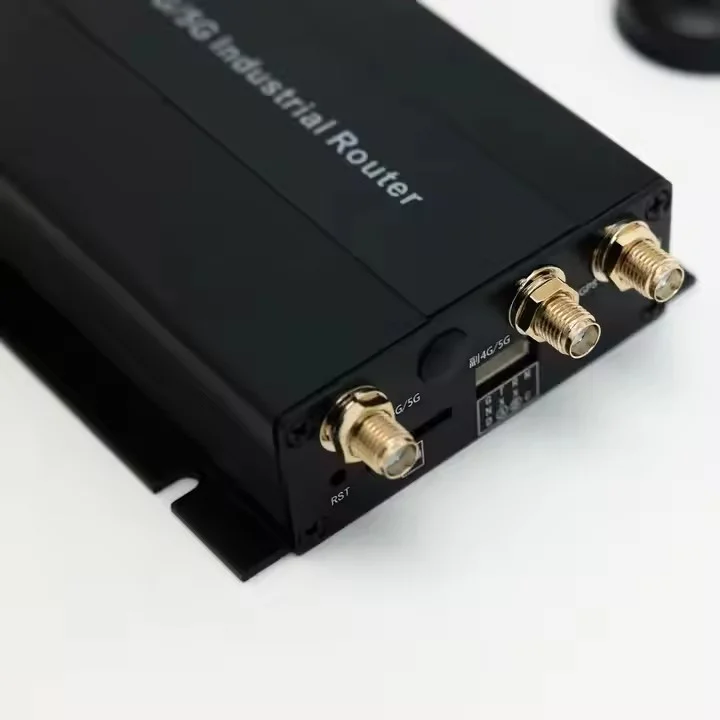The electronic park brake (EPB) system has become a standard feature in modern vehicles, providing enhanced convenience and safety. However, like any electronic system, it can occasionally malfunction, leading to the illumination of the warning light on your dashboard. This article aims to provide a detailed, step-by-step guide on how to diagnose and fix the electronic park brake warning light, ensuring that you can address the issue effectively and safely.
Understanding the Electronic Park Brake System
Before diving into troubleshooting, it’s essential to understand how the electronic park brake system operates. Unlike traditional mechanical handbrakes, the EPB uses electronic controls to engage and disengage the brake. This system typically consists of:
- Electronic Control Unit (ECU): The brain of the system that processes inputs from various sensors.
- Actuators: Devices that physically engage the brake calipers when the EPB is activated.
- Sensors: Components that monitor the position of the brake and the vehicle's status.
When the EPB warning light activates, it indicates that there is a fault within this system, which could stem from various sources, including electrical issues, sensor malfunctions, or mechanical failures.
Step-by-Step Troubleshooting Guide
- Check for Diagnostic Trouble Codes (DTCs)
The first step in diagnosing the issue is to retrieve any stored diagnostic trouble codes (DTCs) using an OBD-II scanner. These codes provide insight into what might be causing the warning light to illuminate. Common codes related to the EPB include:
- C0500: General fault in the EPB system.
- C0501: Faulty actuator.
- C0502: Sensor malfunction.
Once you have the codes, refer to your vehicle’s service manual for specific troubleshooting steps related to those codes.
- Inspect the EPB Switch
A faulty EPB switch can trigger the warning light. Check the switch for any signs of damage or wear. Ensure that it is functioning correctly by pressing it and observing if the brake engages and disengages as expected. If the switch is defective, it will need to be replaced.
- Examine the Wiring and Connectors
Electrical issues are a common cause of EPB warning lights. Inspect the wiring harness and connectors associated with the EPB system for any signs of fraying, corrosion, or loose connections. Pay special attention to areas where the wiring may be exposed to heat or moisture, as these conditions can lead to failures.
- Test the Actuators
If the switch and wiring appear to be in good condition, the next step is to test the actuators. This can often be done using a multimeter to check for continuity and resistance. If an actuator is found to be faulty, it will need to be replaced.
- Check the Brake Fluid Level
Low brake fluid levels can also trigger the EPB warning light. Ensure that the brake fluid reservoir is filled to the recommended level. If the fluid is low, check for leaks in the brake lines or around the calipers.
- Reset the EPB System
After addressing any identified issues, it may be necessary to reset the EPB system. This can often be done through the vehicle’s onboard diagnostics or by disconnecting the battery for a short period. Consult your vehicle’s manual for specific reset procedures.
When to Seek Professional Help
If you have followed the above steps and the warning light remains illuminated, it may be time to consult a professional mechanic. Advanced diagnostics may be required to identify complex issues within the EPB system, such as problems with the ECU or intricate wiring faults.
Preventive Measures
To minimize the risk of future EPB issues, consider the following preventive measures:
- Regular Maintenance: Schedule regular inspections of your vehicle’s braking system, including the EPB.
- Keep the System Clean: Ensure that the EPB components are free from dirt and debris, which can affect their performance.
- Monitor Brake Fluid Levels: Regularly check and maintain the appropriate brake fluid levels.
Conclusion
The electronic park brake warning light can be a source of concern for many vehicle owners, but with the right knowledge and tools, it can often be diagnosed and resolved without extensive professional intervention. By following the steps outlined in this guide, you can take proactive measures to ensure the safety and functionality of your vehicle’s braking system. Remember, when in doubt, consulting a professional is always a wise choice to ensure your vehicle remains in optimal condition.






